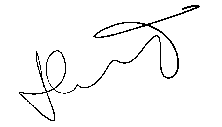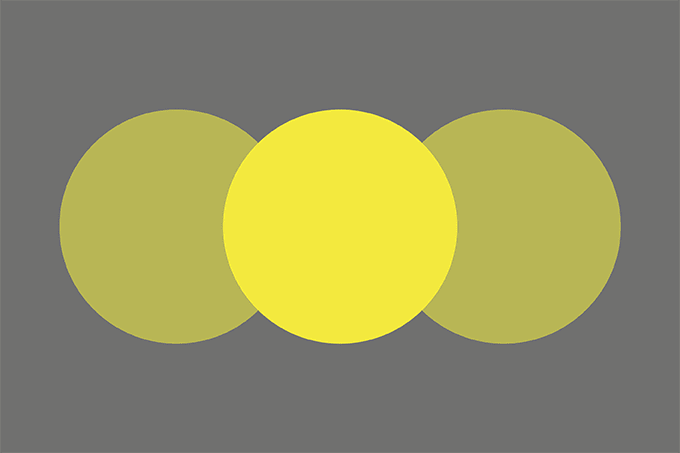We’ve had a run of showcasing the importance of creativity in science recently. From last month’s article on curiosity to the behind-the-scenes feature on The Met Museum in this issue, the link between art and science has never felt stronger. As someone of a creative bent myself (I started an art degree, have performed in my fair share of Shakespeare plays, and am still pretty nifty with a paintbrush) I approve. Can good science be considered an art form? As Zoltan Takats said in our Curiosity feature, the key difference between art and science is that “science is systematic – whereas you could argue that good art isn’t!” (here) Anyone comparing a mass analyzer, say, with a mid-career Jackson Pollock would no doubt agree. But just as there is method in the “madness” of Pollock’s paint-splattered canvases, there is inherent creativity in the development of new and innovative technologies. And both artist and scientist often demonstrate an unshakeable commitment to their work, particularly when encountering hurdles or opposition – consider Alexander Makarov’s twisting tale of the Orbitrap’s early development (here)…
Of course, creative thinking is only the start, as Makarov himself points out: “It’s one thing to have a scientific curiosity that everybody loves, it’s quite another to deliver something to labs, where it matters.” But for these scientists, a creative approach – constructing an instrument exterior using pieces of LEGO – allowed them to deliver a low-cost nerve gas sensor that can be easily transported and reconfigured. Brianna Cassidy, one of the women smashing the “grass ceiling” in our latest issue of The Cannabis Scientist (here) says her love of art and knack for creativity prepared her to tackle the complexities of analyzing this still-controversial plant. And, for the skilled scientists in our cover feature, a love and respect for art drives them to employ the latest analytical tools in their investigations of what they refer to as “products of human legacy”. Is it possible, as Federico Carò says here, that combining art and science can help young people relate to science, technology, engineering and mathematics (STEM) subjects? Well, the STEM to STEAM movement (where art is added to the mix) is certainly growing in popularity – even Sesame Street is jumping on the bandwagon (1). Conventional wisdom used to hold that people were either left-brain or right-brain thinkers – scientific or creative. But, in fact, as we see in every issue of The Analytical Scientist, creativity is as much a part of good science as it is good art.
Joanna Cummings Deputy Editor





